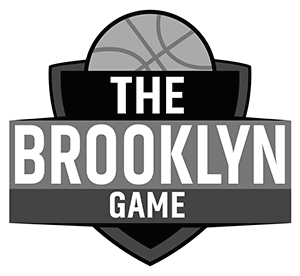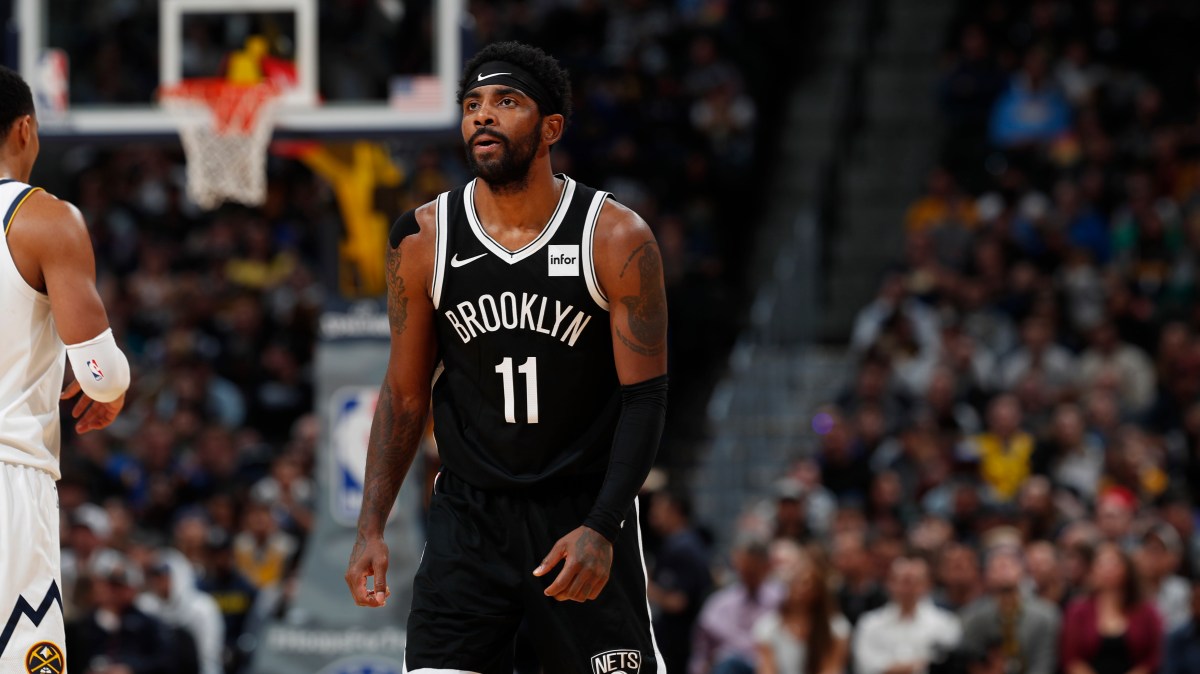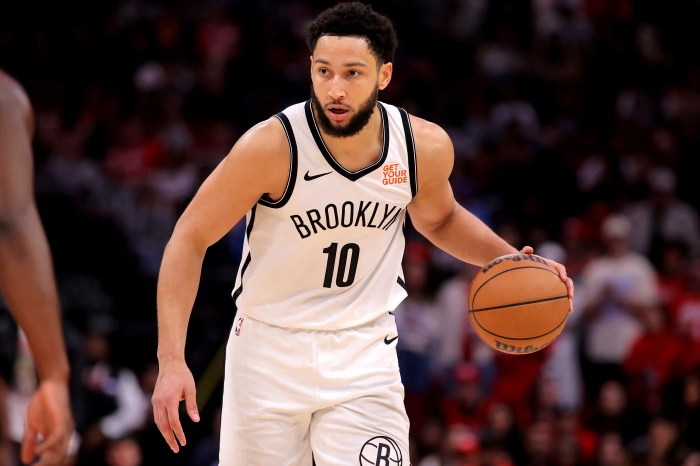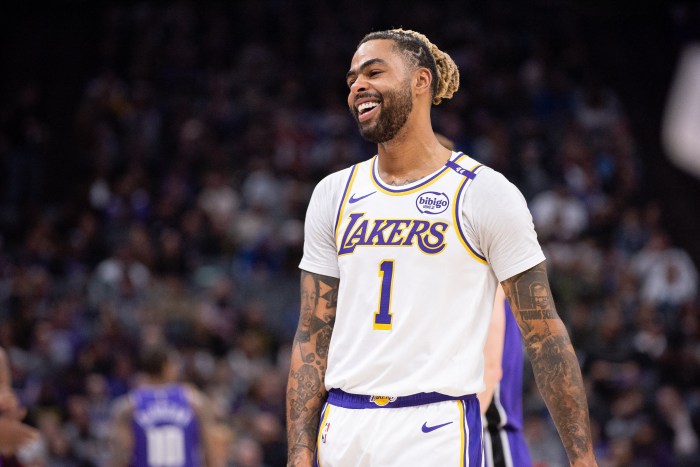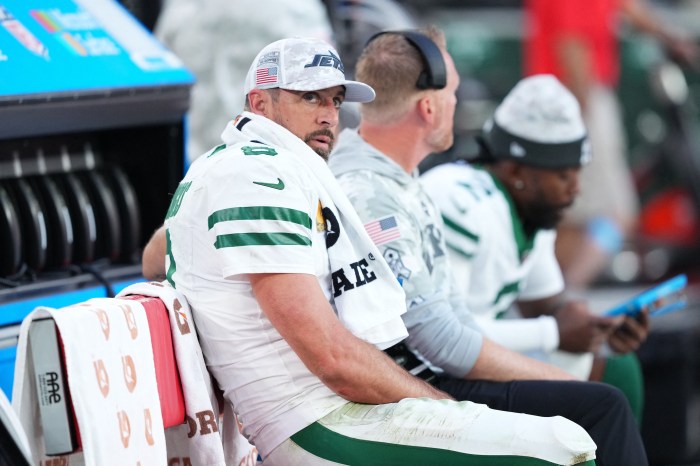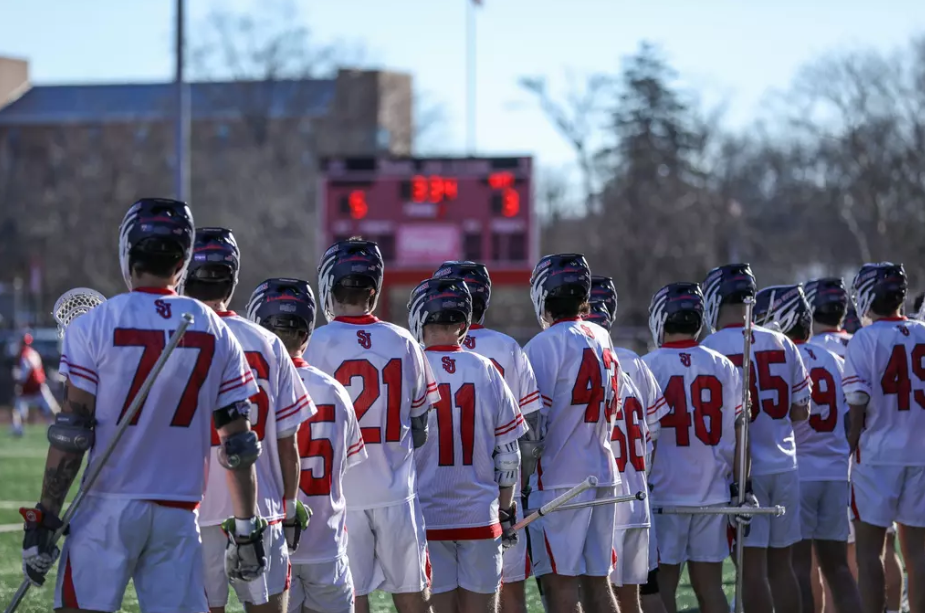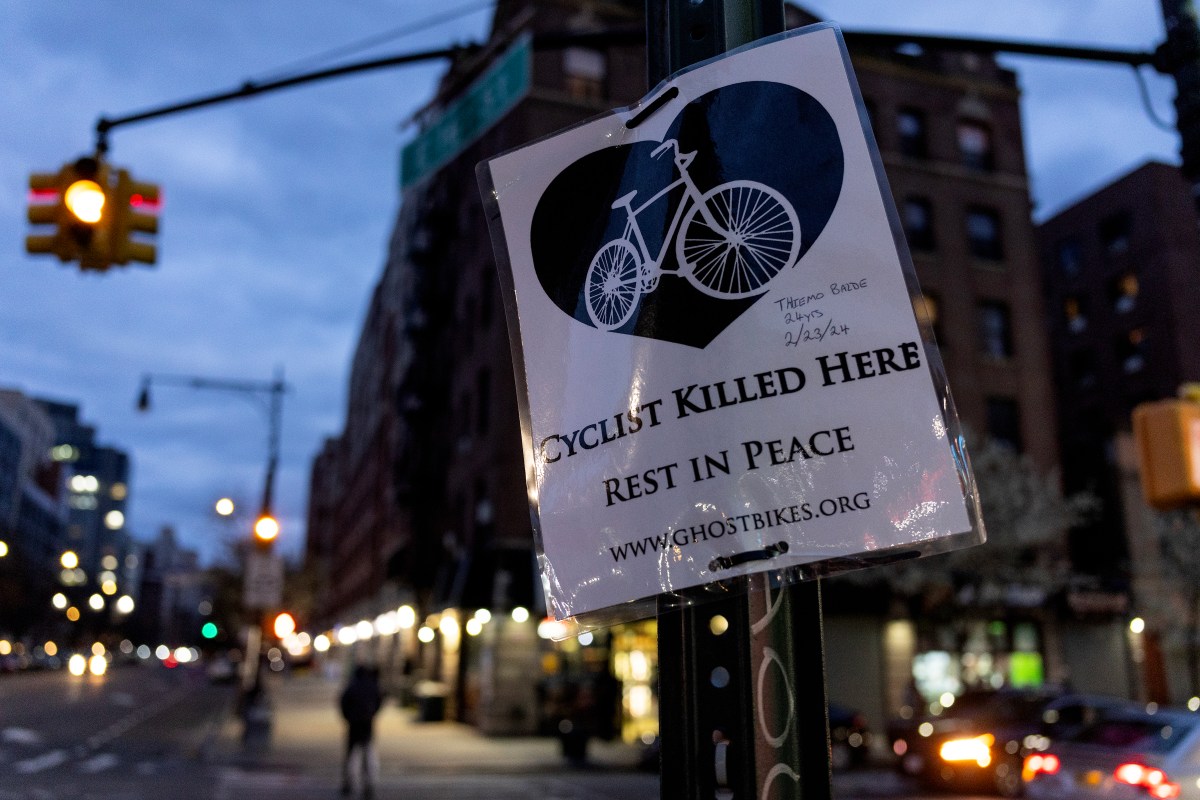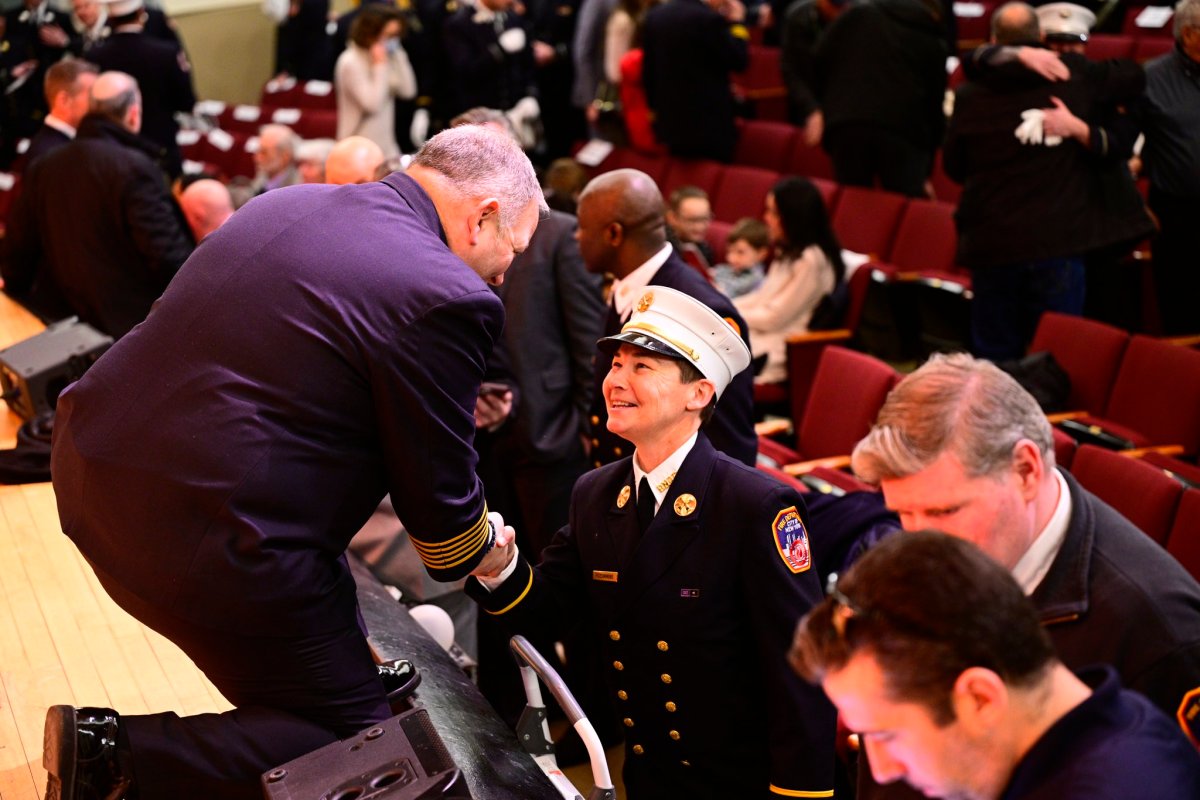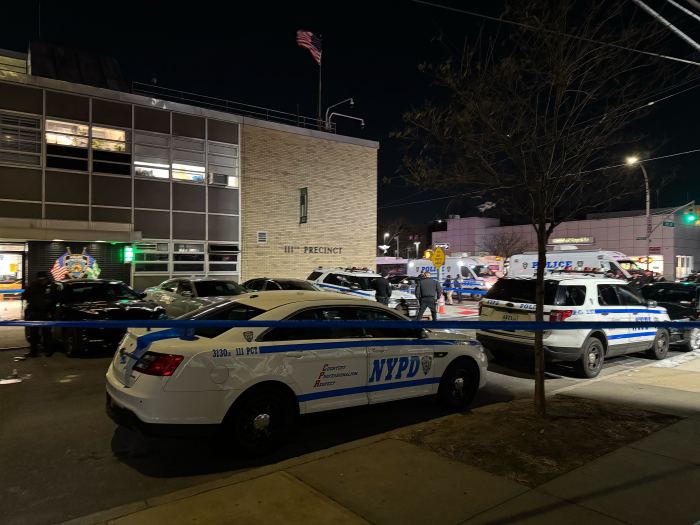While Kenny Atkinson had to do some backtracking to clear up any misunderstandings with Kyrie Irving’s injury, we’re still just as much in the dark as ever when it comes to assessing a timetable for the star point guard’s return.
The Brooklyn Nets have gotten just 11 games out of their star point guard, who was initially diagnosed with a shoulder impingement on Nov. 14
For the majority of us out there who are not doctors or fluent in medical speak, a shoulder impingement is when the tendons of the rotator cuff and subacromial bursa are pinched, causing the area to swell. It radiates pain through the side of the body, especially when the arm is raised.
Not great news for a basketball player.
The severity of the injury calls for differing degrees of treatment, ranging from rest to surgery.
Seeing as Irving has been out for 25 games, one doesn’t need to be a doctor to realize that the injury is ranging toward the more severe side.
It would have been straightforward enough had it not been for a report by Heavy.com’s Brandon ‘Scoop B’ Robinson, who wrote on Dec. 23 that the injury was actually “thoracic bursitis” per sources within the Nets organization.
What’s the difference?
To a non-medical professional, it doesn’t seem like much.
Bursitis is when the bursa becomes inflamed, thus increasing the friction between the spaces in your shoulder resulting in pain down the arm. It’s an almost identical injury compared to an impingement; which was why Atkinson’s quick dismissal of Robinson’s report was eyebrow-raising.
Naturally, red flags were raised when Irving used both “impingement” and “bursitis” when speaking with the media on Saturday when describing his current situation.
Following Tuesday night’s loss to the Oklahoma City Thunder — their seventh-in-a-row — Atkinson tried to clear things up.
“The problem is, I’m not a medical expert,” Atkinson said. “That’s one of those issues. Bursitis and impingement, all that. I need to get my medical book out. My mom used to have one in the living room, I forget what it was called, but you know, yeah, we’re on the same page.”
At surface level, it appears that this will be the first time that Irving and the organization are on that “same page.” Irving first felt the symptoms on Nov. 4 but was still allowed to play in four games over the following 10 days before it became unbearable. The updates that followed were few, far between, and shrouded in mystery.
The Nets will continue to play a dangerous waiting game as Irving’s road to recovery is finally receiving some — albeit unsettling — clarity. Irving had a cortisone shot on Dec. 24 and is in the process of playing damage control.
“I tried to go without any anti-inflammatories, which why it took so long,” Irving said of his recovery on Saturday (h/t CBS Sports). “And now I’m at a place where the next step was to either get a cortisone shot or get surgery. So that was the ultimatum I was fixed with. So now I’m just doing the best I can to live off this cortisone and move forward if I need surgery in the future.”
If Irving does need surgery, his 2019-20 season is all but over as the expected recovery time ranges between three and four months. Without him in the lineup, the Nets are 12-13 and currently hold the eighth and final playoff spot.



